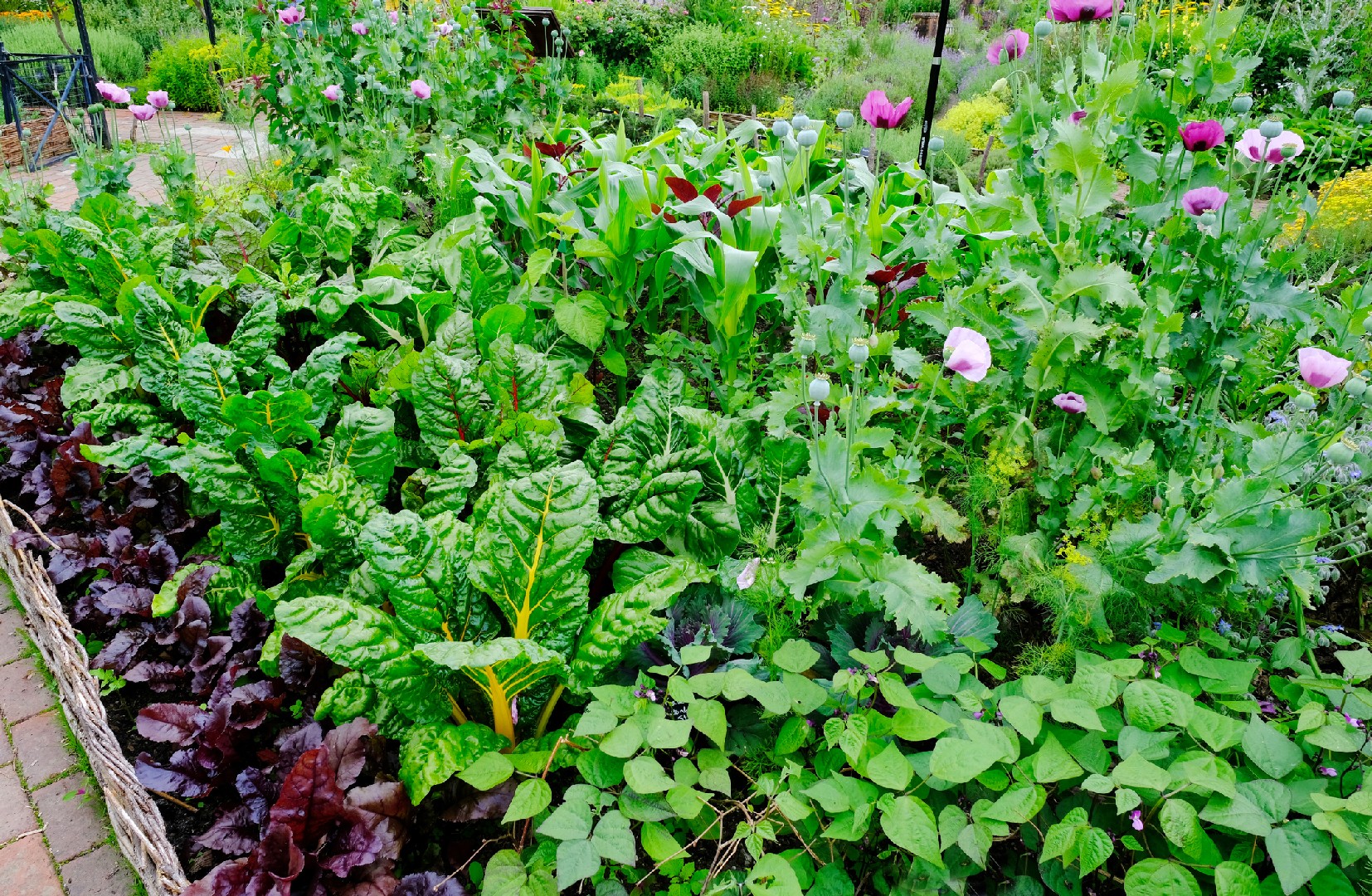![Rectangle]()
Companion Planting in the Modern World
Companion planting, an age-old technique that involves strategically planting different crops together to enhance growth and deter pests, has experienced a remarkable resurgence in the modern world. In response to sustainability concerns and a growing interest in organic gardening, gardeners and farmers alike are turning to this ancient practice to maximize the health and productivity of their plants.
One influential figure in the revival of companion planting is J.I. Rodale, an American writer and organic farming advocate. In the mid-20th century, Rodale popularized the concept of organic gardening and promoted the use of companion planting as a natural and sustainable method. His book, 'The Complete Book of Composting,' published in 1940, detailed the benefits of companion planting and inspired many individuals to adopt this approach.
Another significant movement that contributed to the resurgence of companion planting is the permaculture movement. Permaculture is a design system that aims to create sustainable and self-sufficient ecosystems. It emphasizes the importance of companion planting as a way to create symbiotic relationships between plants and improve overall system resilience. Permaculture principles, such as maximizing biodiversity and stacking plant functions, align perfectly with the principles of companion planting.
Scientific research has also played a critical role in validating and enhancing traditional companion planting wisdom. Studies have confirmed the benefits of certain plant combinations in deterring pests, attracting beneficial insects, and improving soil fertility. For example, the Three Sisters planting method, which involves growing corn, beans, and squash together, has been shown to mutually benefit each crop. The corn provides support for the beans to climb, while the beans fix nitrogen in the soil for the corn and squash. The squash serves as a natural weed suppressor and provides shade to the soil, reducing moisture loss.
In addition to traditional practices, modern gardeners have developed innovative companion planting techniques to address specific challenges. For instance, trap cropping involves planting a sacrificial crop to lure pests away from the main crop, protecting it from damage. Marigolds, for example, are commonly used as trap crops to attract pests like nematodes, aphids, and whiteflies away from valuable vegetables.
To successfully implement companion planting in your own garden, consider the specific needs and characteristics of each plant. Some plants release chemicals that suppress the growth of nearby plants, while others release chemicals that enhance growth or repel pests. By understanding these interactions, you can create harmonious plant communities that support each other's well-being.
In conclusion, companion planting has experienced a remarkable resurgence in the modern world, driven by sustainability concerns and a growing interest in organic gardening. Influential figures such as J.I. Rodale and movements like permaculture have played a significant role in promoting this age-old technique. Scientific research has validated and enhanced traditional companion planting wisdom, confirming its benefits in promoting plant health and productivity. By incorporating companion planting techniques into your own garden, you can create a thriving and sustainable ecosystem that benefits both you and the environment.





